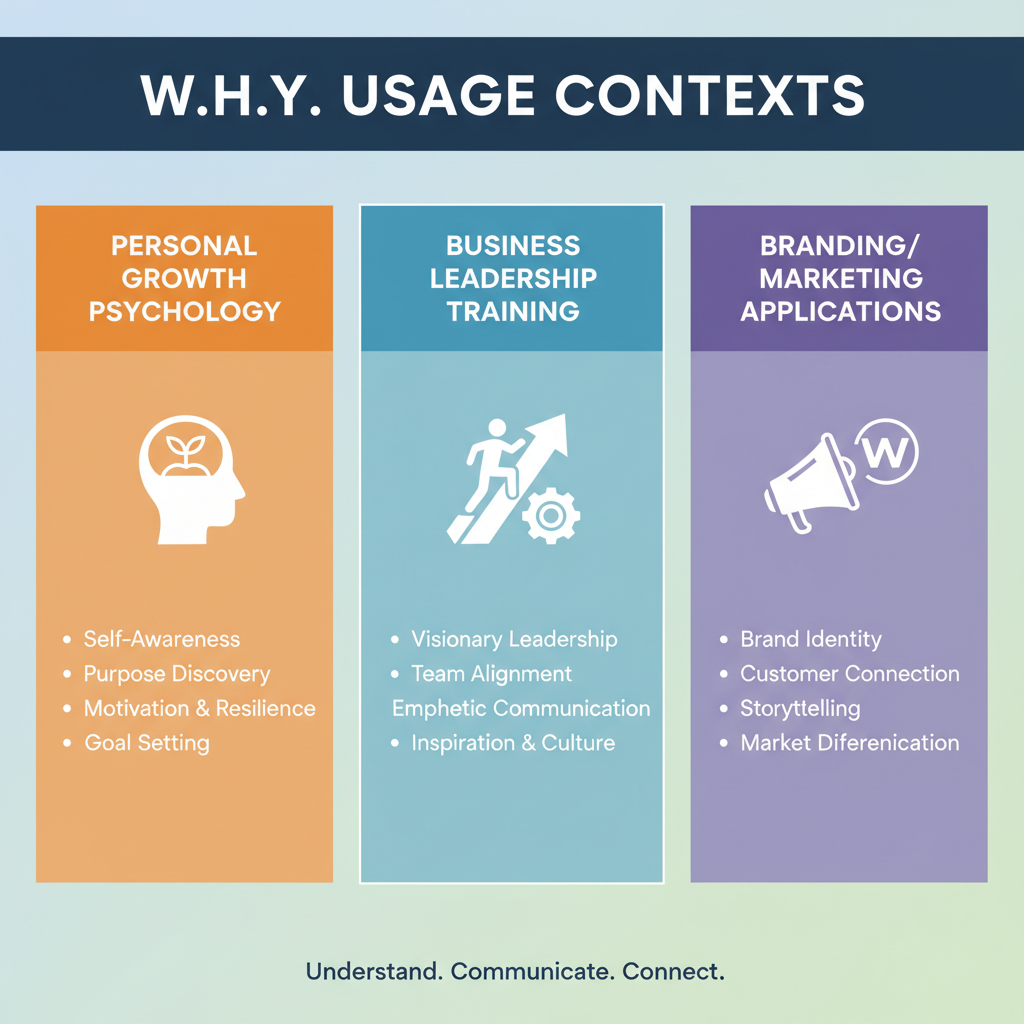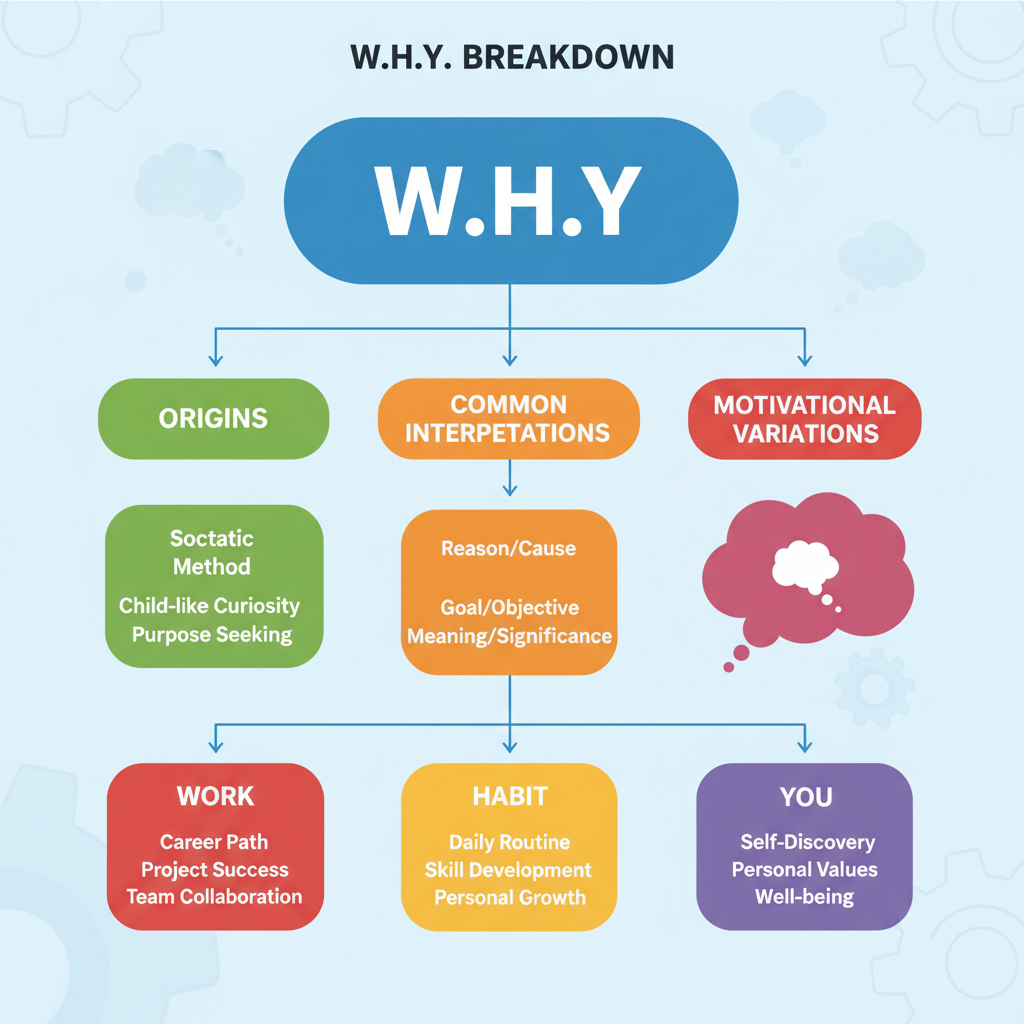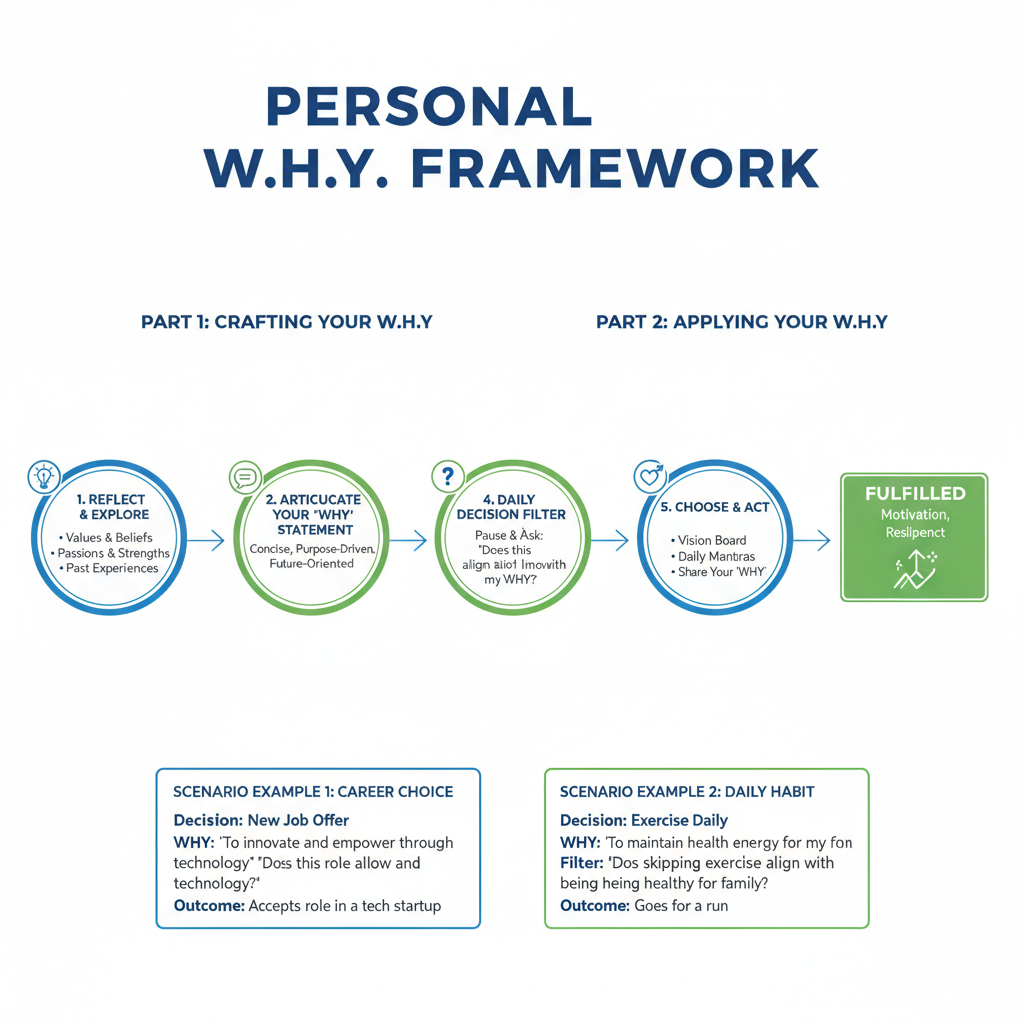W.H.Y. Acronym Meaning and Practical Uses
Explore the W.H.Y. acronym, its varied meanings, applications in motivation, leadership, psychology, and branding to enhance communication and purpose.

Introduction to Acronyms and Their Role in Communication
Acronyms are a powerful linguistic tool that condense a longer phrase or concept into a short, memorable set of letters. They make information easier to share, help with brand recall, and enable complex ideas to be conveyed quickly. From business jargon to motivational slogans, acronyms play an important role in engaging audiences and simplifying messages.
In both professional and personal contexts, acronyms often act as prompts or frameworks — guiding people to remember key principles or steps.

One acronym that has gained notable attention in motivational and strategic discussions is W.H.Y.. The W.H.Y. acronym encourages introspection, purpose-driven action, and clarity, making it a valuable tool for communication and decision-making.
---
Breakdown of W.H.Y. Acronym Origins and Common Interpretations
The W.H.Y. acronym has several interpretations depending on the setting. While there’s no universally agreed origin, common meanings include:
- Work, Habit, You: A self-improvement triad.
- What, How, Yes: A decision-making framework.
- Want, Hope, Yearn: An emotional motivation prompt.
These adaptations come from industries such as self-help, business coaching, and brand strategy.
The word "why" itself originates from Old English hwi, used historically to seek reasons or causes. When transformed into a capitalized acronym, it gains structure and a memorable, branded quality.
---
W.H.Y. in Motivational Contexts (Work, Habit, You) and Variations
One popular motivational variation of the W.H.Y. acronym is:
- Work: Effort and dedication toward goals.
- Habit: Consistent practices that shape results.
- You: Personal responsibility and self-awareness.
This version underscores that long-term success depends on focused work, strong habits, and ownership of outcomes.
Other variations include:
- Will, Hope, Yourself: Focus on aspiration and belief.
- Wisdom, Honesty, Yearning: Emphasizing values and drive.

---
Psychological Significance of Asking “Why” in Personal Growth
The act of asking “Why” is essential for reflective thinking. Psychologists recommend exploring "why" to:
- Increase self-awareness.
- Identify hidden motivations or biases.
- Align actions more closely with values.
In cognitive behavioral therapy (CBT), probing “why” can break automatic negative thought patterns. Similarly, the Five Whys Technique in coaching uncovers root causes, fostering deeper understanding and better decision-making.
---
Usage in Business and Leadership Training
Many leaders turn the W.H.Y. acronym into a rallying point for team alignment. Corporate training sessions often use each letter as a principle for workshops.
| Letter | Business Context | Example Exercise |
|---|---|---|
| W | Work | Set measurable weekly objectives |
| H | Habit | Outline a sustainable workflow routine |
| Y | You | Identify individual role clarity |
Leadership programs often stress understanding your WHY before planning strategies to ensure motivation aligns with the core mission.
---
Examples of W.H.Y. in Branding and Marketing Messages
Brands use acronyms to make campaigns memorable. The W.H.Y. acronym works well as a marketing hook:
- Winning solutions, Helping people, You first.
- Discover the W.H.Y. behind your favorite products.
- “Your WHY matters”: campaigns aligning consumer identity with brand values.
This approach helps forge emotional connections, particularly in campaigns tied to social causes or lifestyle branding.

---
Crafting Your Own W.H.Y. Framework for Problem-Solving
Defining a personal or team W.H.Y. can guide strategic decisions. Follow these steps:
- Brainstorm potential meanings for each letter in your context.
- Validate with peers or team members for relevance.
- Document and display the framework prominently.
- Apply it as a checklist before starting projects.
Example (Product Development Context):
- W — What we aim to solve.
- H — How we will achieve it.
- Y — Why it benefits customers.
This turns W.H.Y. into a practical tool for planning and execution.
---
Tips to Apply W.H.Y. Method in Daily Decision-Making
Using a W.H.Y. framework daily can bring more clarity and intentionality:
- Pause before making decisions and run them through your W.H.Y.
- Ask “Why” repeatedly to drill down to root causes.
- Ensure alignment with established core values.
- Review outcomes regularly to refine the framework.
Simple reminders, such as desk signage or mobile notes, can keep W.H.Y. top-of-mind.
---
Potential Pitfalls or Misunderstandings with Acronym Usage
Although acronyms are efficient, they can lose their impact if misused:
- Overgeneralization: Multiple meanings can confuse audiences.
- Cultural differences: Letters may signal different concepts in other languages.
- Overuse: Repetition without action can make W.H.Y. an empty slogan.
Stay consistent and tie W.H.Y. to defined, measurable goals to preserve its usefulness.
---
Conclusion: Reinforcing Clarity and Purpose Through W.H.Y.
The W.H.Y. acronym is more than a catchy phrase — it’s a framework for purposeful action. Whether structured as Work, Habit, You, or customized to your mission, it sharpens focus, improves communication, and fosters motivation.
By consciously defining and applying your W.H.Y., you replace reaction with intention. It serves as a compass, guiding daily actions toward meaningful goals.
For coaches, entrepreneurs, and students alike, the W.H.Y. acronym can be a compact blueprint for success — especially when used consistently and thoughtfully. Start crafting your W.H.Y. today to unlock deeper clarity and impact in your personal and professional life.




